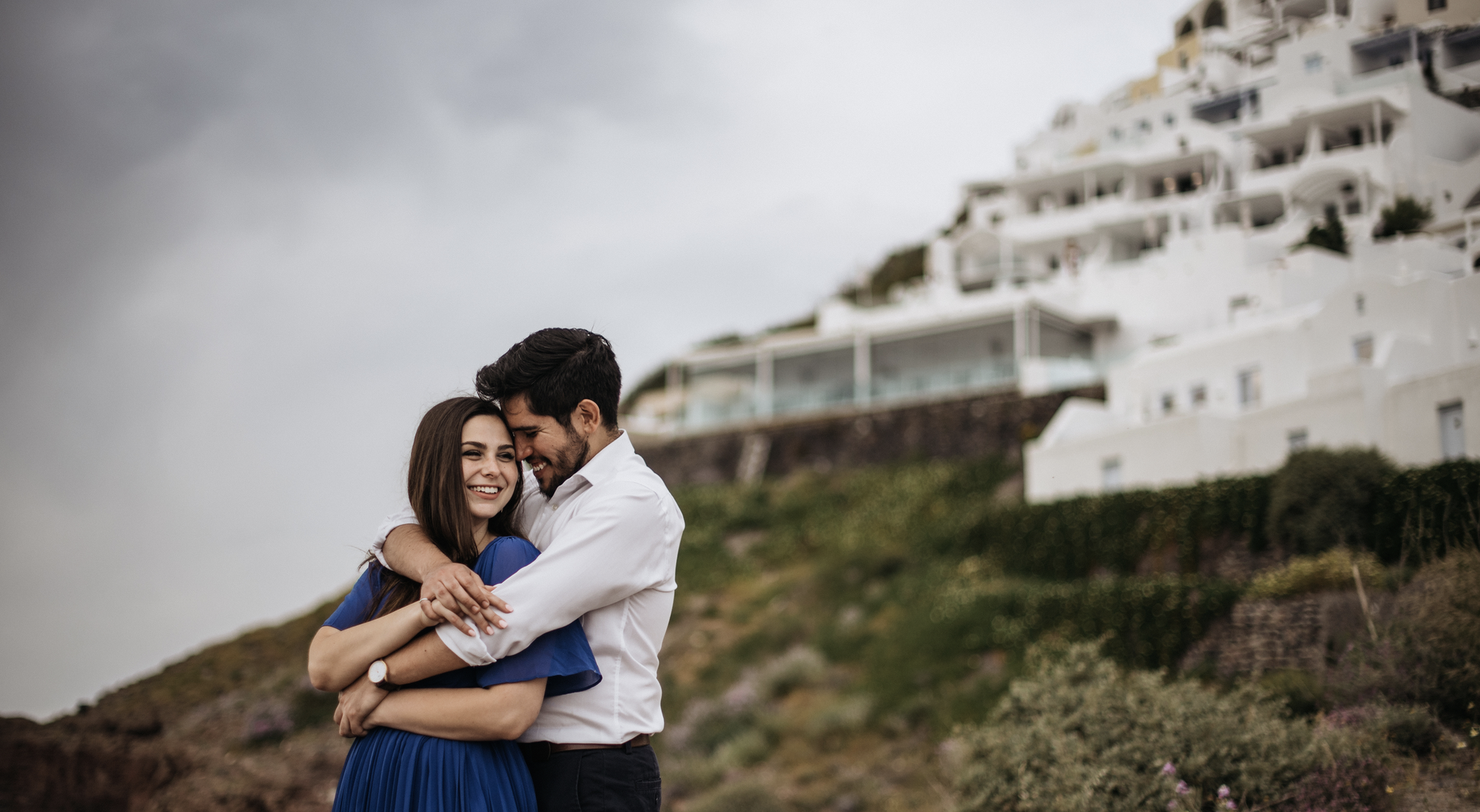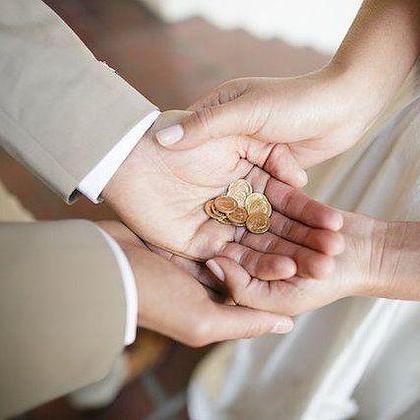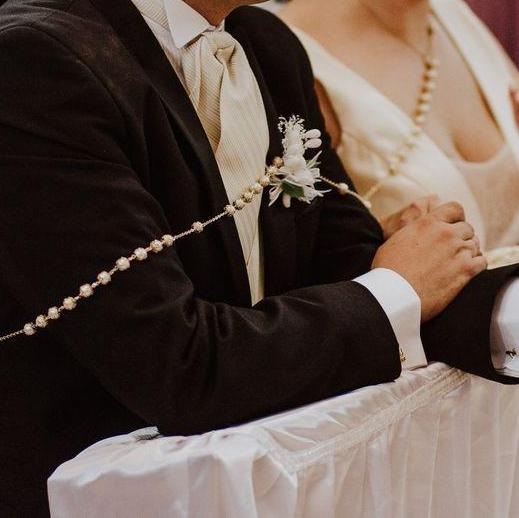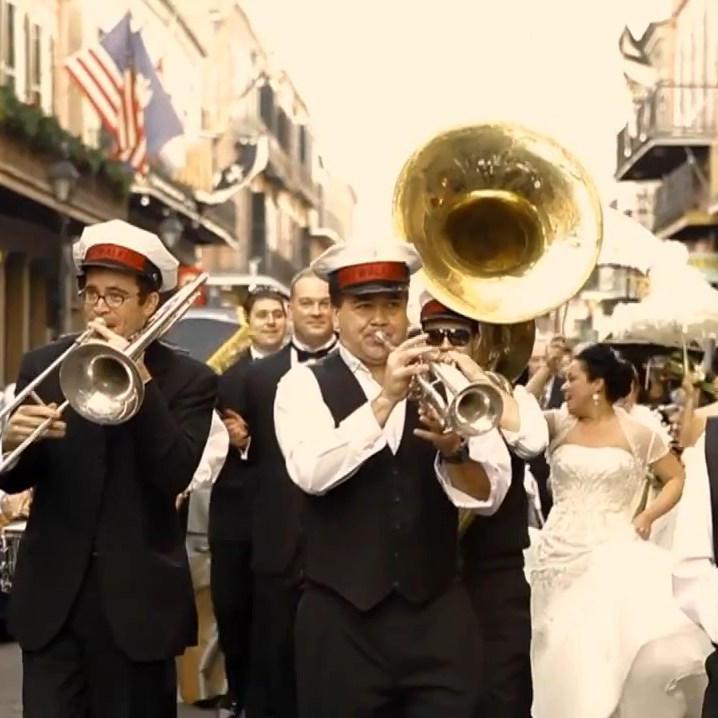Isabella & Juan Carlos
Costumbres / Customs


Las Arras
The Ceremony of the Coins
In both Cuban and Mexican cultures, following the vows and exchange of rings, the couple exchanges 13 gold coins called “las arras matrimoniales.” The exchange symbolizes the couple’s commitment to share with not only one another but with their community and those in need. --- Como parte de las culturas cubana y mexicana, después de tomar los votos la pareja intercambia 13 monedas de oro – las arras matrimoniales. El intercambio simboliza el compromiso de compartir sus vidas juntos y ayudar a su comunidad y a aquellos que lo necesitan.

La Mantilla
The Pinning of the Wedding Veil
In Cuban weddings, following the exchange of the rings and arras, the couple will kneel for the nuptial blessing. The mothers of the bride and groom will pin a large mantilla wedding veil across the couple's shoulders, cloaking both kneeling figures. The mantilla represents the cloaking and protection of the couple in the sacrament and blessing of marriage. --- Como parte de las bodas cubanas, luego de que han intercambiado los anillos y se han dado las arras, las madres de la novia y el novio cuelgan una mantilla de bodas en la pareja mientras ambos están arrodillados ante el altar. La mantilla representa el encubrimiento y protección de la pareja en el sacramento del matrimonio.

El Lazo
The Ceremony of the Rosary
In Mexican tradition, to receive the nuptial blessing, a large rosary will be placed around the couple in the form of a figure eight, a symbol of infinity and their eternal commitment to one another. --- En la tradición mexicana, como parte de la bendición nupcial, una pareja envuelve a los novios con un rosario en la forma del número ocho, un símbolo del infinito y el compromiso eterno que tienen el uno con el otro.

Cake Pull
The Bridesmaids Cake Pull
In New Orleans wedding tradition, little metal charms connected to ribbon will be baked into the bottom tier of the wedding cake. Each charm represents a wish. Before the bride and groom cut the cake, the women of the Court will each pull a ribbon and uncover their charm and fortune for the coming year. --- Como parte de la tradición de Nueva Orleans, pequeñas figuras de metal conectadas con un listón son horneadas dentro del pastel de bodas. Cada figura representa un deseo. Antes de cortar el pastel, las damas de honor jalan del listón y sacan las figuras para descubrir su fortuna.

Bouquet and Garter Toss
El Ramo y La Liga
At a Mexican wedding, the bouquet/garter toss is given a twist! When the band plays “La Vibora de la Mar,” eligible men and women will link hands and dance around the room and around the newlyweds who will stand at the center of the dance floor. When the song ends, the bride and groom will toss the bouquet and garter to determine who is next to marry! --- En una boda mexicana, el lanzamiento del ramo y la liga tienen un toque especial… Al ritmo de “La Vibora de la Mar”, todos los solteros, hombres y mujeres, se tomarán de las manos y bailarán alrededor de los recién casados quienes estarán parados en medio de la pista. Cuando la canción se detenga, los novios lanzarán el ramo y la liga para determinar los invitados próximos a casarse.

The Second Line
A New Orleans Wedding Tradition
One of the most popular New Orleans wedding traditions is the Second Line parade. This parade has two parts -- the first line (a brass band and the newlyweds) and the second line (the guests!) The newly married couple will lead the procession holding black and white parasols, while the guests dance behind them waving white handkerchiefs through the streets of New Orleans! --- Una de las tradiciones más populares de las bodas de Nueva Orleans es la “Segunda Fila”. Este desfile tiene dos partes: la primera fila (que consta de una banda de jazz y los recién casados) y la segunda fila (¡los invitados!). La pareja guía la procesión cargando una sombrilla blanca y otra negra, mientras los invitados bailan detrás de ellos con unos pañuelos blancos, desfilando por las calles de Nueva Orleans.

Tornaboda
The Send Off Party
None of us want to see a party come to an end! It is customary the day following a Mexican wedding that the guests come together to continue to eat, drink, and celebrate a successful union of two families and send the couple off before their honeymoon. --- Qué no pare la fiesta… Don’t stop the party! Es costumbre el día después de una boda mexicana, tener una recepción para seguir comiendo, tomando y celebrando la unión entre las dos familias y despedir a la pareja antes de su luna de miel.